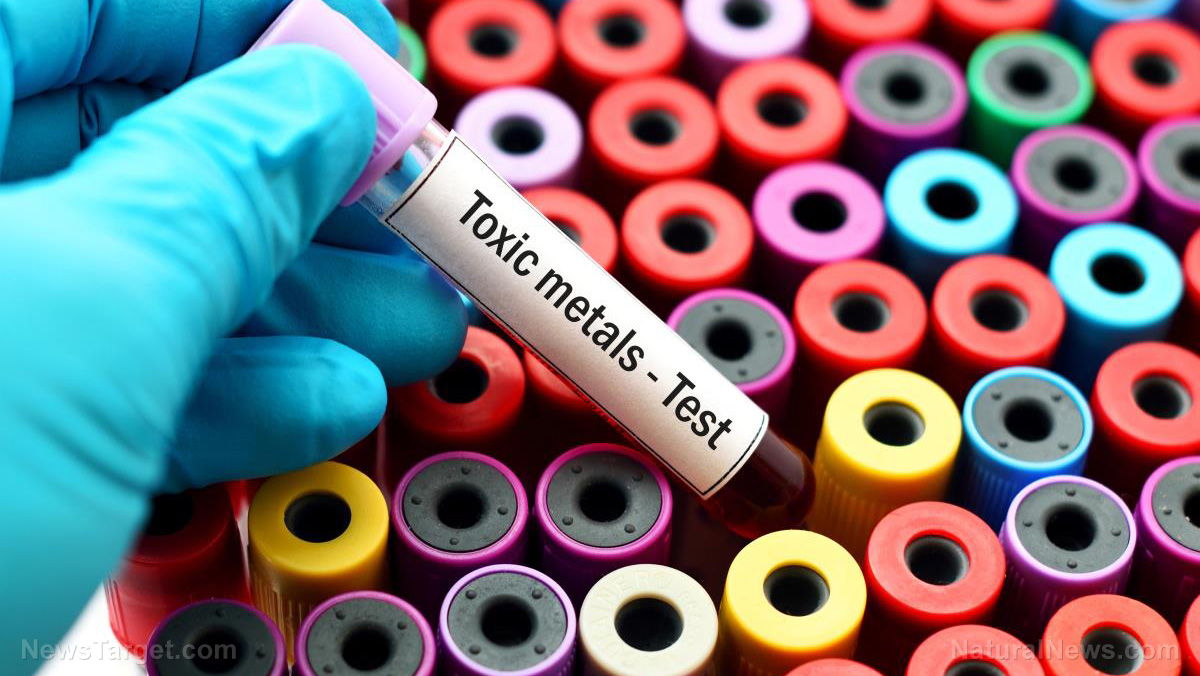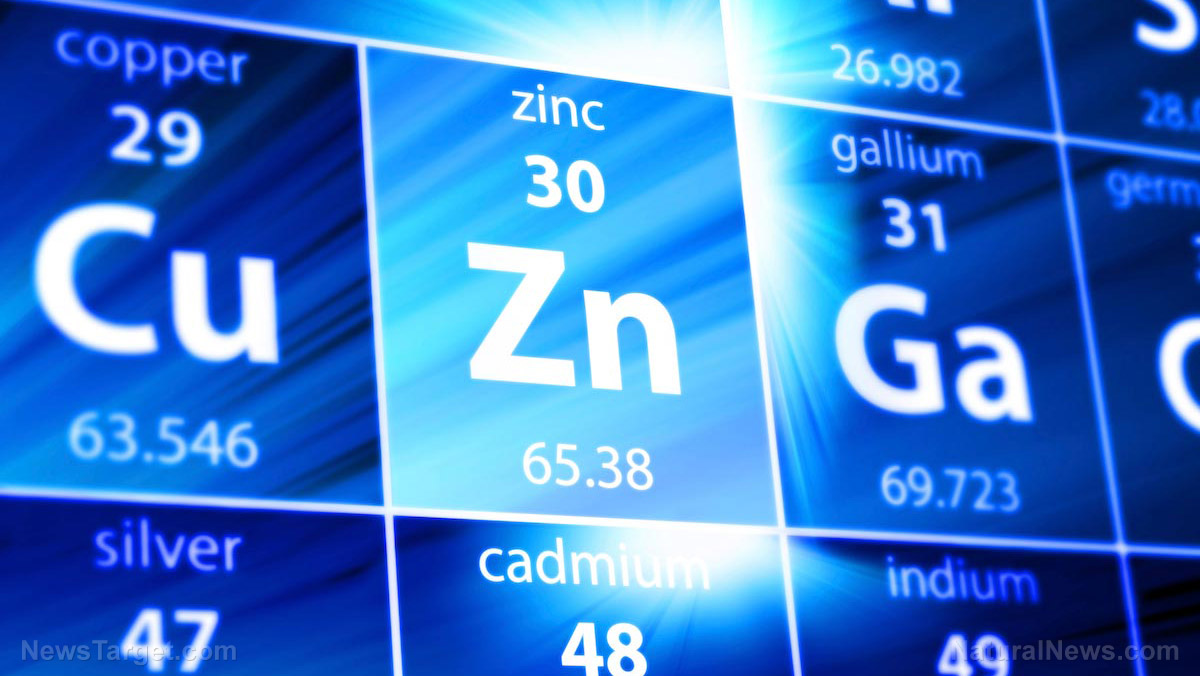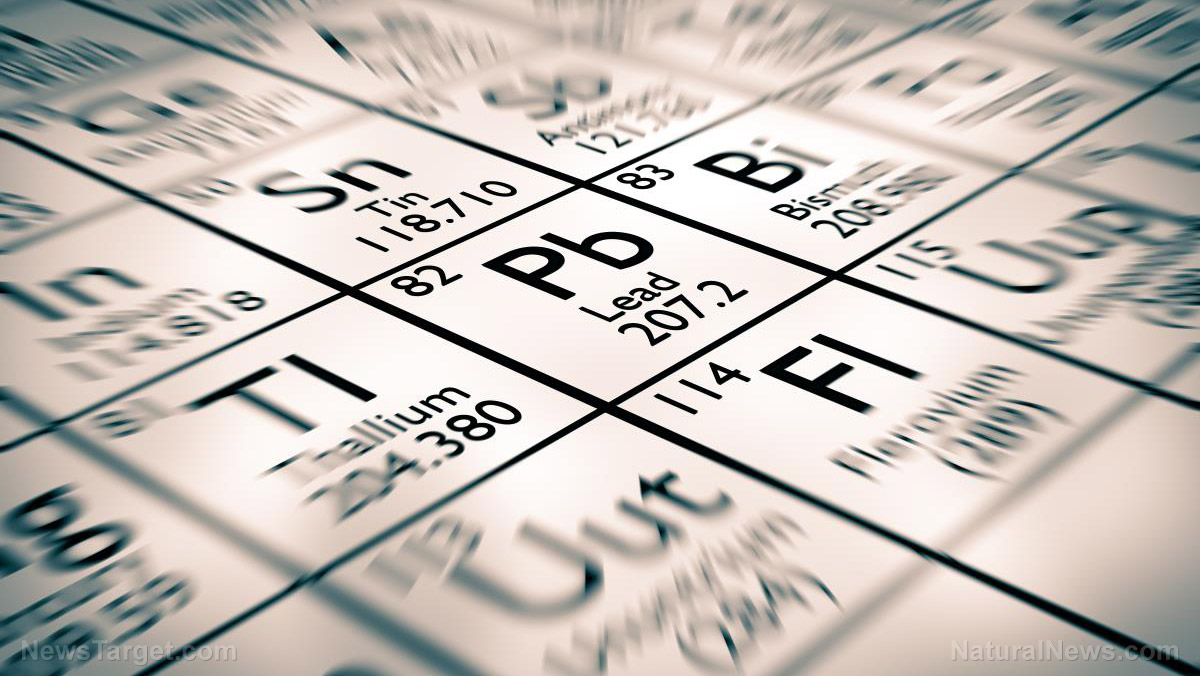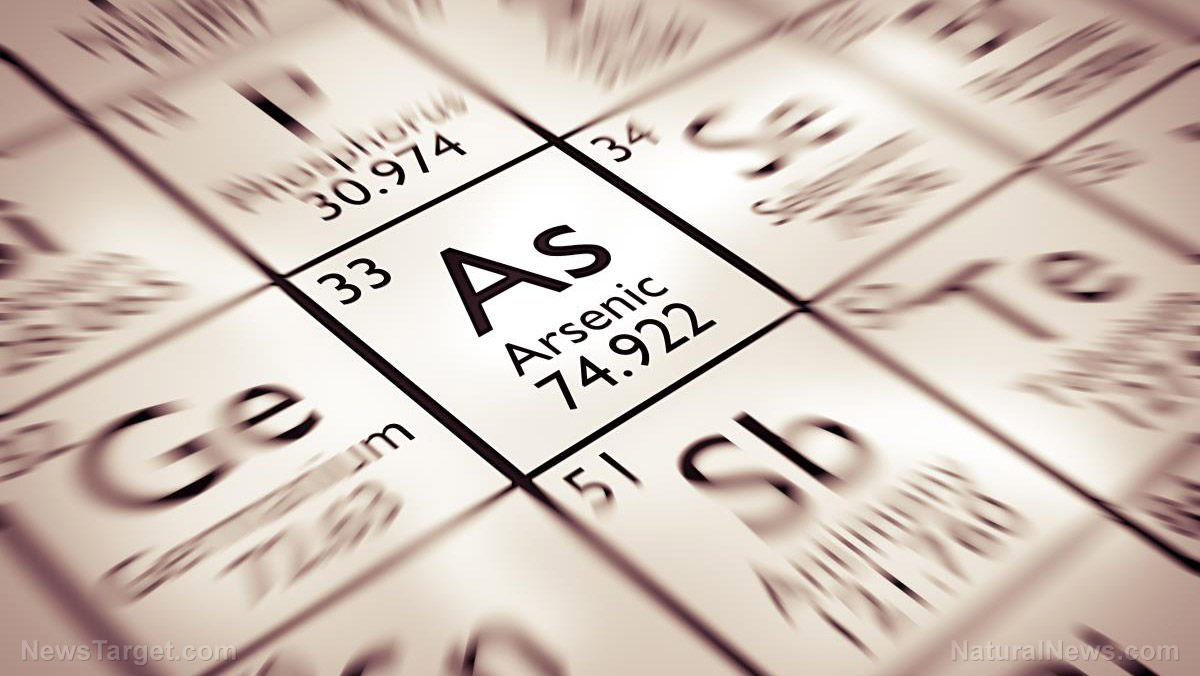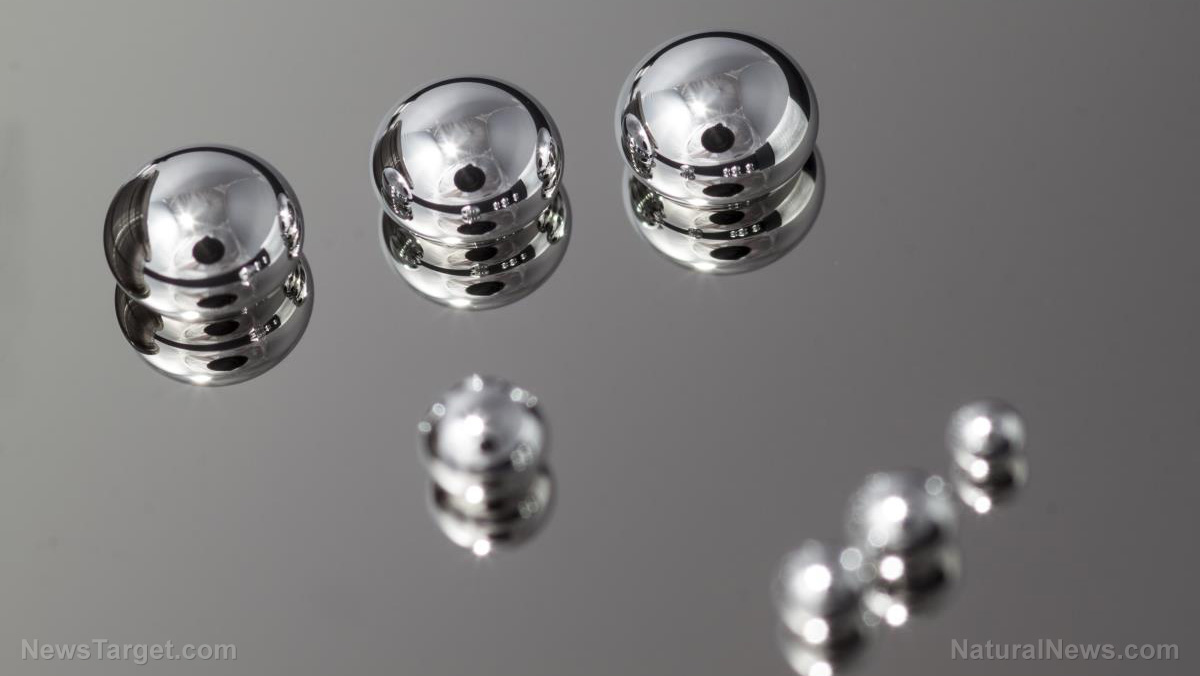Real-life adamantium? Scientists identify a metal alloy that can withstand ultra-high pressure and temperature
12/13/2018 / By Edsel Cook

A newly developed metal alloy is the closest thing humans have ever come to creating the fictional element adamantium. Its Japanese developers have described it as the perfect material for withstanding the ultra-high heat and pressure of jet engines, gas turbines, and other power generation systems.
Bearing the lengthy name of titanium carbide-reinforced, molybdenum-silicon-boron alloy (MoSiBTiC), the metal was unveiled by Tohoku University (Tohoku) researchers. They said it could withstand the intense forces found in temperatures as high as 2,912 F (1,600 C).
“Our experiments show that the MoSiBTiC alloy is extremely strong compared with cutting-edge Nickel-based single crystal superalloys, which are commonly used in hot sections of heat engines such as jet engines of aircrafts and gas turbines for electric power generation,” explained Tohoku researcher and primary author Kyosuke Yoshimi. He added that the new alloy is better than current nickel-based superalloys when it comes to operating in ultra-high temperatures.
In his paper, which was published in the journal Scientific Reports, he demonstrated that the alloy can survive the forces in very hot temperatures that deform all but the strongest materials. He also noted the behavior of MoSiBTiC when it finally reached its limit.
New alloy can withstand incredibly high temperatures and pressures
Fossil fuel will still be in heavy use for the foreseeable future. So it is important to design heat engines that can maximize the amount of energy collected from fuel, as well as turning that energy into electrical power or propulsion.
One of the ways to get the most out of the energy conversion process is to improve the functional aspects of the heat engine. To do so, engineers have to keep creep behavior in mind.
Creep behavior is the ability of the material that makes up the engine to endure disruptive forces in ultra-high temperatures. It is caused by rising levels of temperature and pressure.
The Tohoku researchers subjected the MoSiBTiC alloy to a stress range of 100 to 300 megapascals (14,500 to 43,500 pounds per square inch). They measured the resulting creep of the metal during the 400 hours that it spent within that extremely high pressure.
They held the experiment in a vacuum environment with computer controls. This eliminated the chances of the alloy reacting with any moisture in the air, which would cause oxidation and the formation of rust.
MoSiBTiC alloy is better at recovering from heavy stress than nickel superalloys
In their report, the MoSiBTiC alloy significantly increased its length once the disruptive forces were reduced. This went against the results of similar studies that covered different materials.
Superplastics were the only other materials that behaved in a similar manner. These tough plastics were also able to endure premature failures that the researchers could not predict.
MoSiBTiC’s similar performance makes it an excellent candidate for systems that operate at ultra-high temperatures. Examples of these applications are the energy conversion systems in cars, fossil fuel power plants, and the propulsion units of aerospace engines and rockets.
Yoshimi and his teammates are planning to examine the microstructure of the alloy. The results of their follow-up study will tell them about the way the alloy works, especially its ability to withstand and recover from blazing hot temperatures, crushing pressure, and other severe stresses.
“Our ultimate goal is to invent a novel ultrahigh temperature material superior to Nickel-based superalloys and replace high-pressure turbine blades made of Nickel-based superalloys with new turbine blades of our ultrahigh temperature material,” he said. “To go there, as the next step, the oxidation resistance of the MoSiBTiC must be improved by alloy design without deteriorating its excellent mechanical properties.”
Visit Discoveries.news to read more stories about new ultra-high temperature materials.
Sources include:
Tagged Under: adamantium, alloys, breakthrough, Chemistry, discoveries, electric power, elements, energy, energy conversion, fossil fuel, future science, materials, materials research, materials science, metals, physics, superalloys, superplastics





